What is the common thread between fried brains, puffin hearts, and drunken shrimp? They all count as delicacies in certain parts of the world. Although many people might not think their recipe collections contain anything peculiar, to an outsider, your midday meal could be their worst fear embodied. Thus, before embarking on our gastronomic journey to explore some of the weirdest foods worldwide, you should question how much you truly wish to learn about other people’s dining practices. Discover the 25 Strangest Foods From Around The World.

Fried Brain Sandwich

Largely a dish of the past, these used to be popular in the Central United States until mad cow disease became a concern. Although people still eat them, serving a cow’s brain that is over 30 months old is no longer legal in the United States.
Escamole
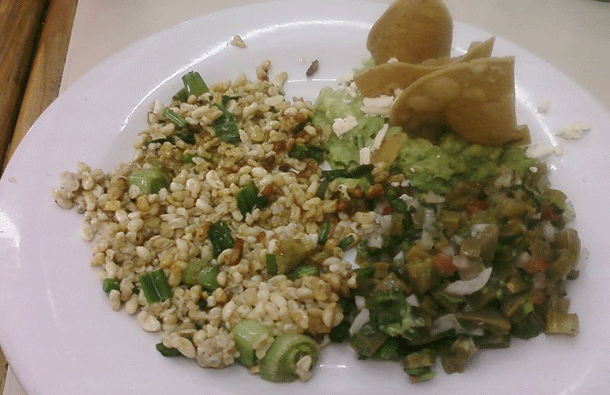
Ant larvae harvested from the roots of the agave plant, these are considered to be a delicacy in Mexico. In fact, they are sometimes even referred to as “insect caviar.” They taste like slightly nutty butter.
Hakarl
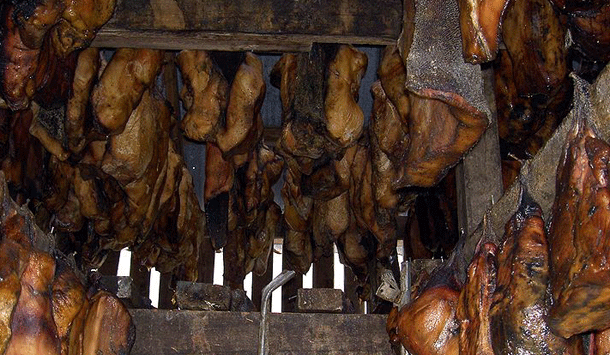
Typically eaten in Iceland, this fermented basking shark is an acquired taste. Chef Anthony Bourdain described it as the single worst, most disgusting and terrible tasting thing he had ever eaten. We’ll take his word for it.
Bird’s Nest Soup
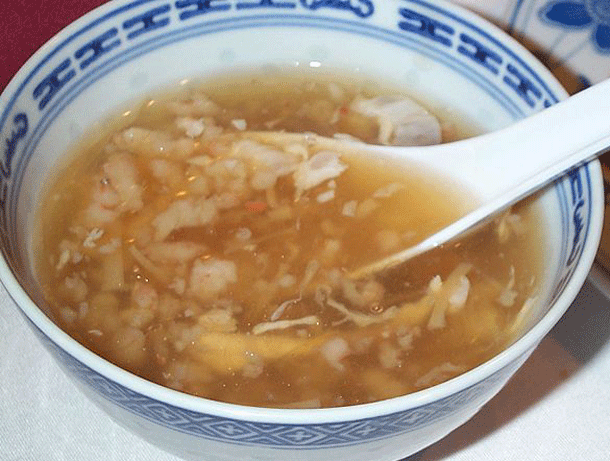
For hundreds of years, the Chinese have used saliva nests in their cooking, primarily in this soup. While there are many varieties, bird’s nest soup as a whole is one of the most expensive foods on the planet. The red nest variety costs up to $10,000 dollars per bowl.
Drunken Shrimp
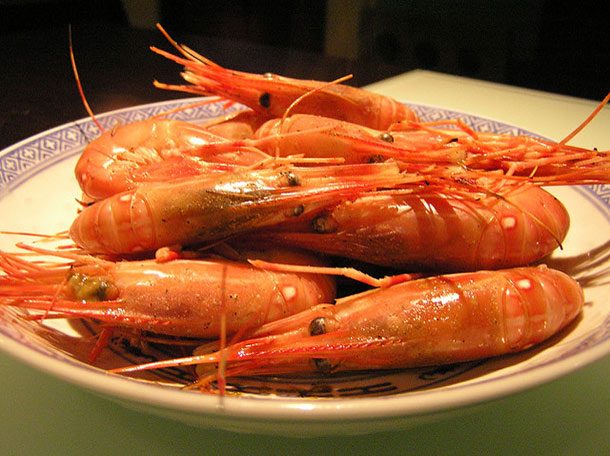 weirdworm.com
weirdworm.com A popular dish in parts of China, the shrimp are eaten alive but stunned in a strong liquor prior to consumption. It’s also popular in parts of the United States, but it includes an intermediary step known as “cooking.” There’s no “food delivery near me” for this.
Surstromming
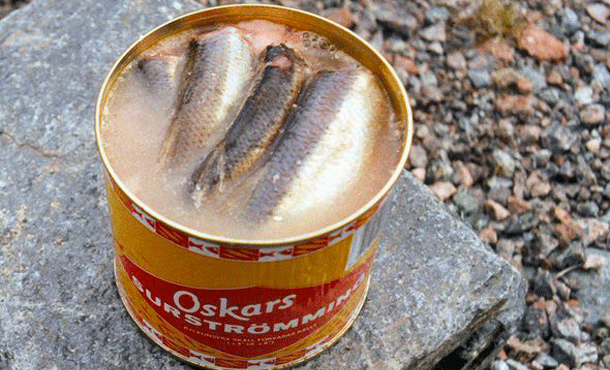
A northern Swedish dish consisting of fermented Baltic herring, it’s usually sold in cans like the one above. While they are being shipped, the cans sometimes bulge due to the ongoing fermentation. Recently, a study in Japan found that surstromming releases the most putrid odor of any food in the world. Naturally, it’s usually eaten outdoors.
Sannakji
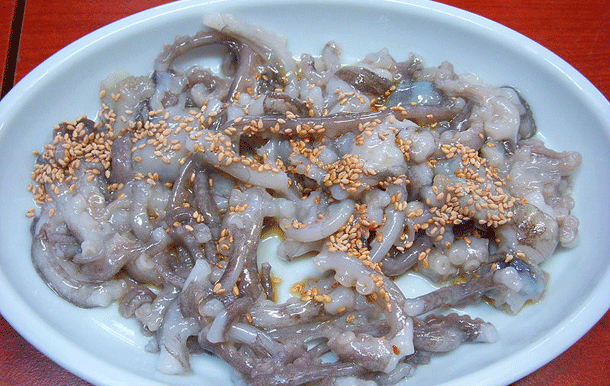
Like many eastern foods, this is served raw. Very raw. The chef dismembers a small octopus before your eyes and seasons the pieces with sesame oil. Of course, that’s if he can even hit them. Many times they are still moving on the plate as you reach for your chopsticks.
Rocky Mountain Oysters

While they might be from the rocky mountains, they are certainly not oysters. They are actually bull-calf testicles – peeled, flattened, and deep-fried.
Kopi Luwak
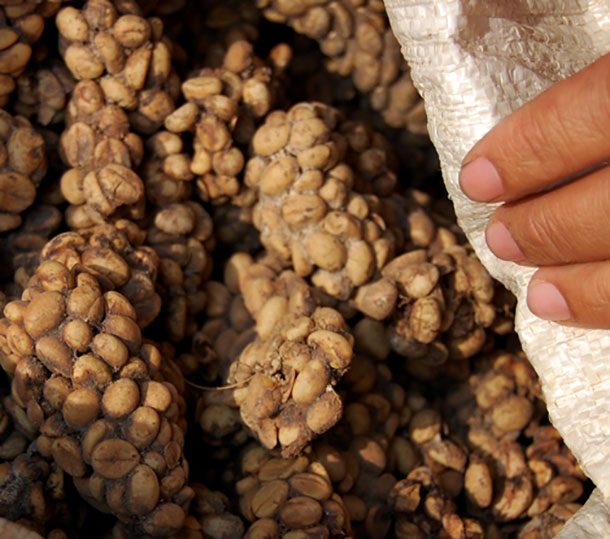
One of the worlds most expensive varieties of coffee, it can reach up to 150 USD per pound. It is made from coffee berry beans that have been defecated by Civets, small mammals native to Southeast Asia.
Stinkbugs
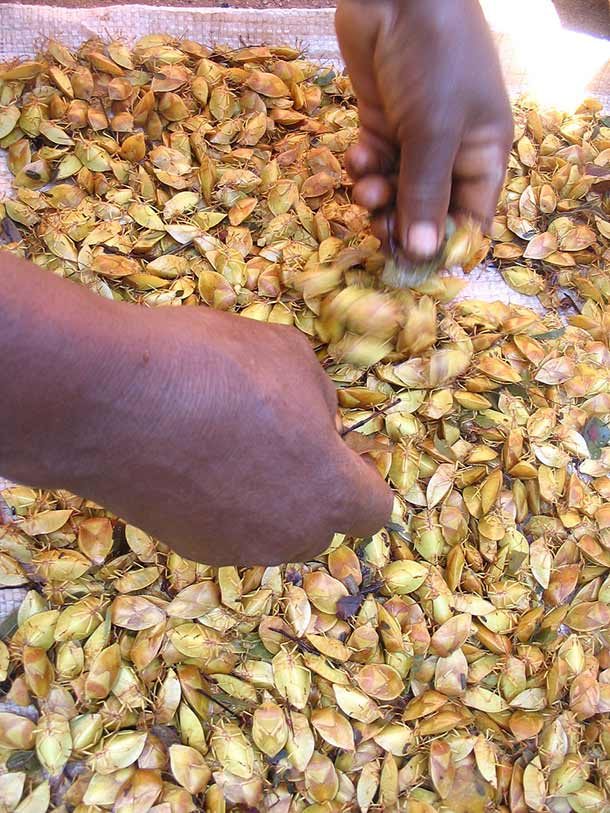
In Indonesia, they love these little stinkers. Supposedly, they taste like bitter sunflower seeds without the salt. Chew quickly.
Lutefisk

In Scandinavia, this delicacy is made from aged stockfish and lye. Yes, lye. The corrosive alkaline substance is used to soak the fish for several days. After being removed from the lye, the fish is so corrosive it requires almost a week-long bath of cold water just to become edible again.
Casu Marzu
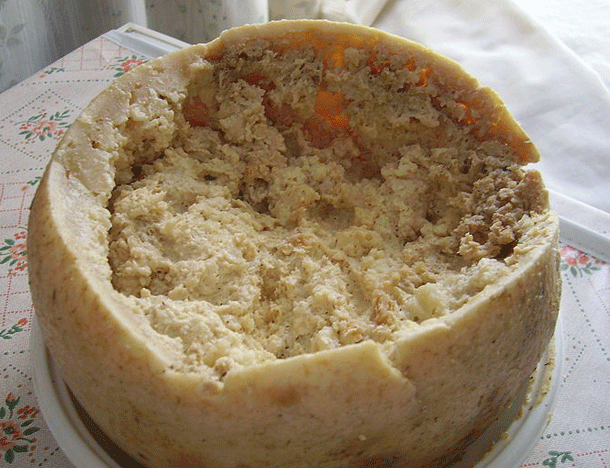
Coming to us from Sardinia, this dish is sheep milk cheese containing live insect larvae. Although the larvae are only about 8mm long, they can launch themselves up to 15 cm when disturbed. Bon apetit!
Mopane
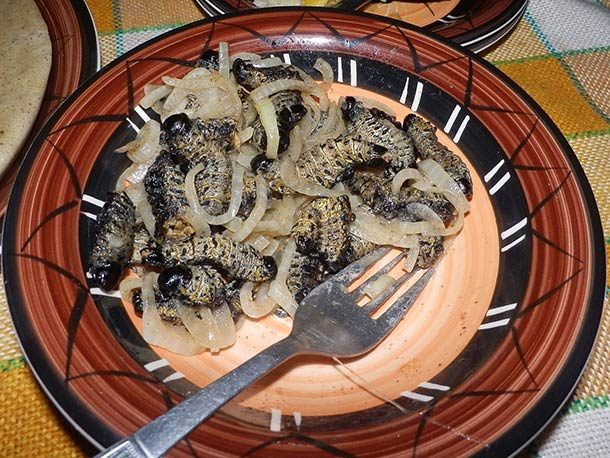
Generally found on Mopane trees (hence the name), this caterpillar is an important source of protein for millions of people in Africa. Typically, they are dried out and eaten as a crispy snack.
Tuna Eyeball
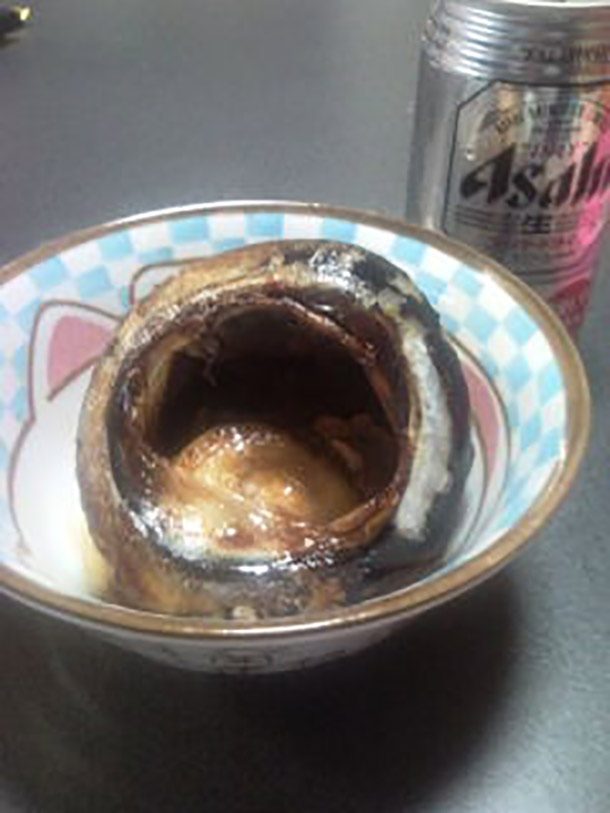 fleealaska.com
fleealaska.com Fairly cheap, these can be found in most Japanese grocery stores for about $1 dollar. It tastes something like squid and should be boiled prior to consumption. Once again, don’t forget to season.
Dried Lizards
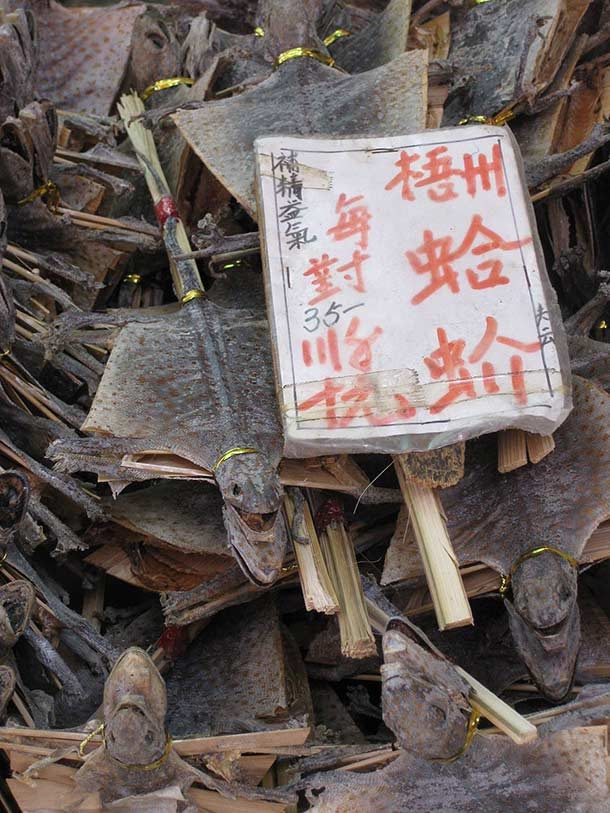
In some Asian cultures, these are used for soup. Sometimes they are infused with alcohol to extract medicinal properties. The process, however, supposedly takes years.
Khash
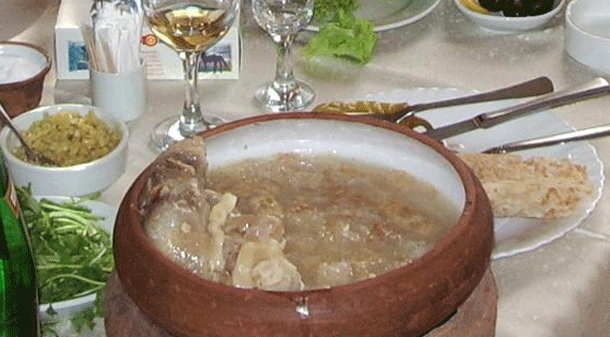
The Farsi name of this dish literally translates to “head and hoof,” and for good reason, as these are the central ingredients used to prepare it. While the main ingredient is cow feet, the head and stomach also contribute.
Nakji
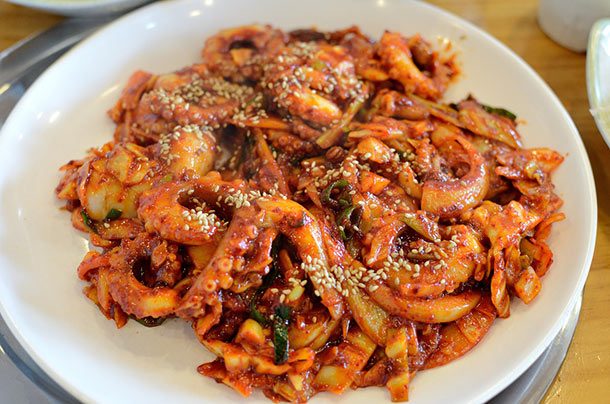
Very much like Sannakji, this time the octopus is eaten whole. Like some of the other foods on this list though, it doesn’t come without its dangers. The suckers on the octopus are known to stick to the tongue and mouth presenting a choking hazard. There are several deaths reported every year as a result.
A-ping
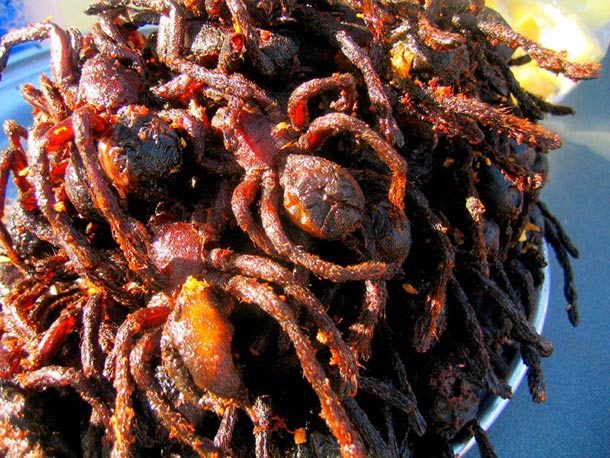 Peter Menzel
Peter Menzel Considered a delicacy in Cambodia, it is said that fried tarantula first became popular during the food shortages under the brutal Khmer Rouge regime. After Pol Pat was ousted though, the fried tarantulas stuck around and Cambodians today eat them like candy.
Haggis
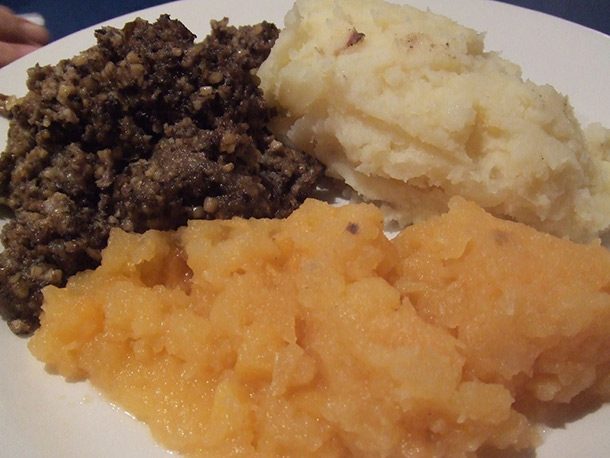
To make this Scottish meal, all you need is a sheep. First, take out the heart, liver, and lungs. Then boil them in the stomach for about three hours. Don’t forget the salt.
Fugu
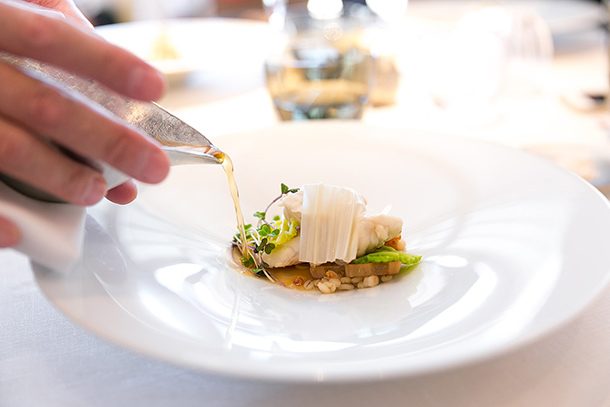
Fugu is Japanese for “pufferfish” and in case you didn’t know, they are poisonous. Japanese law strictly controls their preparation in restaurants and only highly trained chefs are allowed to handle them. They are so dangerous, domestic preparation has been known to cause accidental death.
Yin-Yang Fish
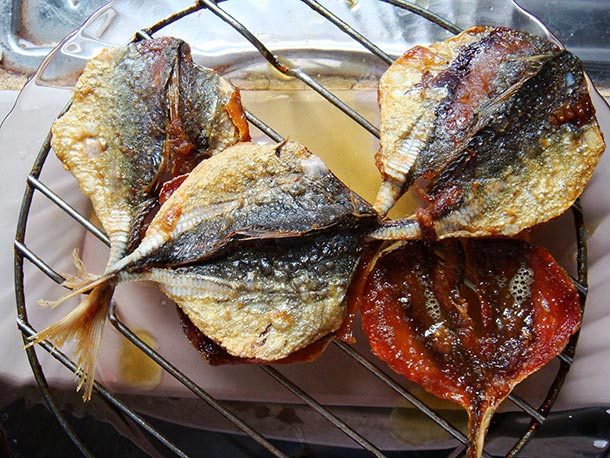
Also known as “dead and alive” fish, it originated in Taiwan but is now illegal to prepare. It has recently become popular in China after chefs figured out how to keep the fish alive as it is deep fried. Why would anyone do this? Supposedly to prove how fresh the fish is.
Ikizikuri
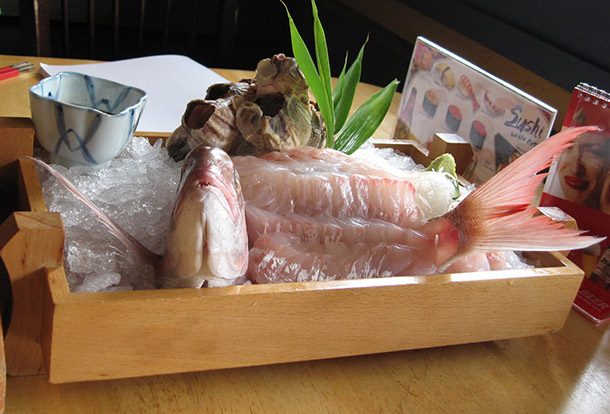
As far as brutality is concerned, this dish is hard to beat. It’s been banned in several countries, including Australia and Germany. First, a customer picks out the animal they would like to eat from a tank. The chef will then fillet it before their eyes without killing it. Then, it’s served on a plate with its sliced flesh on top for decoration and its heart still beating. Alternatively, you can have the already filleted fish returned to the aquarium where it will swim around until you are ready for seconds.
Yak Penis
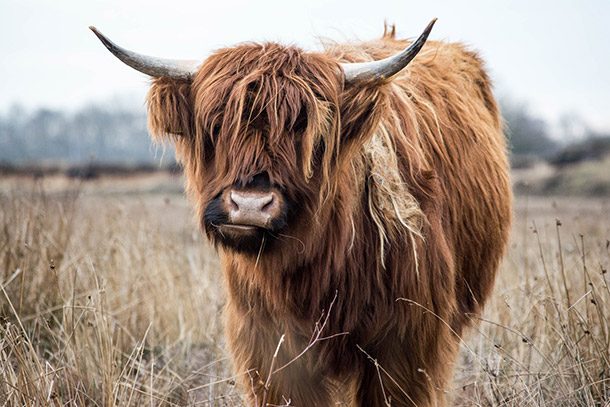
Also known as “Dragon in the Flame of Desire,” this dish is famously served in the Guolizhuang Restaurant of Beijing. Although it may seem strange to Western minds, many Chinese believe that it is good for your health, kind of like spinach.
Balut
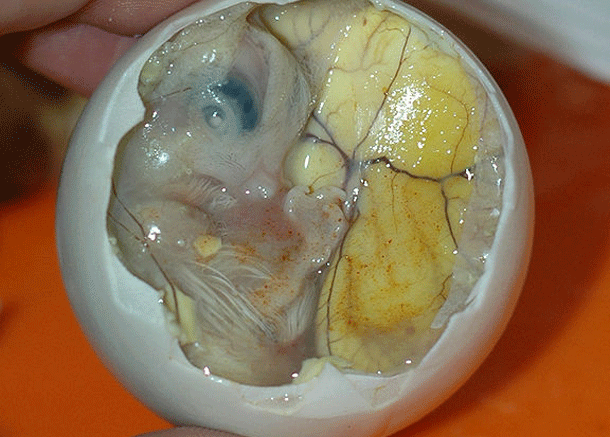
Nothing more than a fertilized duck embryo, it is boiled alive and the rest is up to you. Eaten in South East Asia, the Filipino word balut means “wrapped.”
Puffin Heart

The puffin is a species of Auk that inhabits the northern hemisphere. Its heart is considered a delicacy in Iceland. We spared you the picture, but next time you see a cute little puffin on the side of the road just try to imagine yourself snapping its neck and ripping out its innards. Heartless.



























